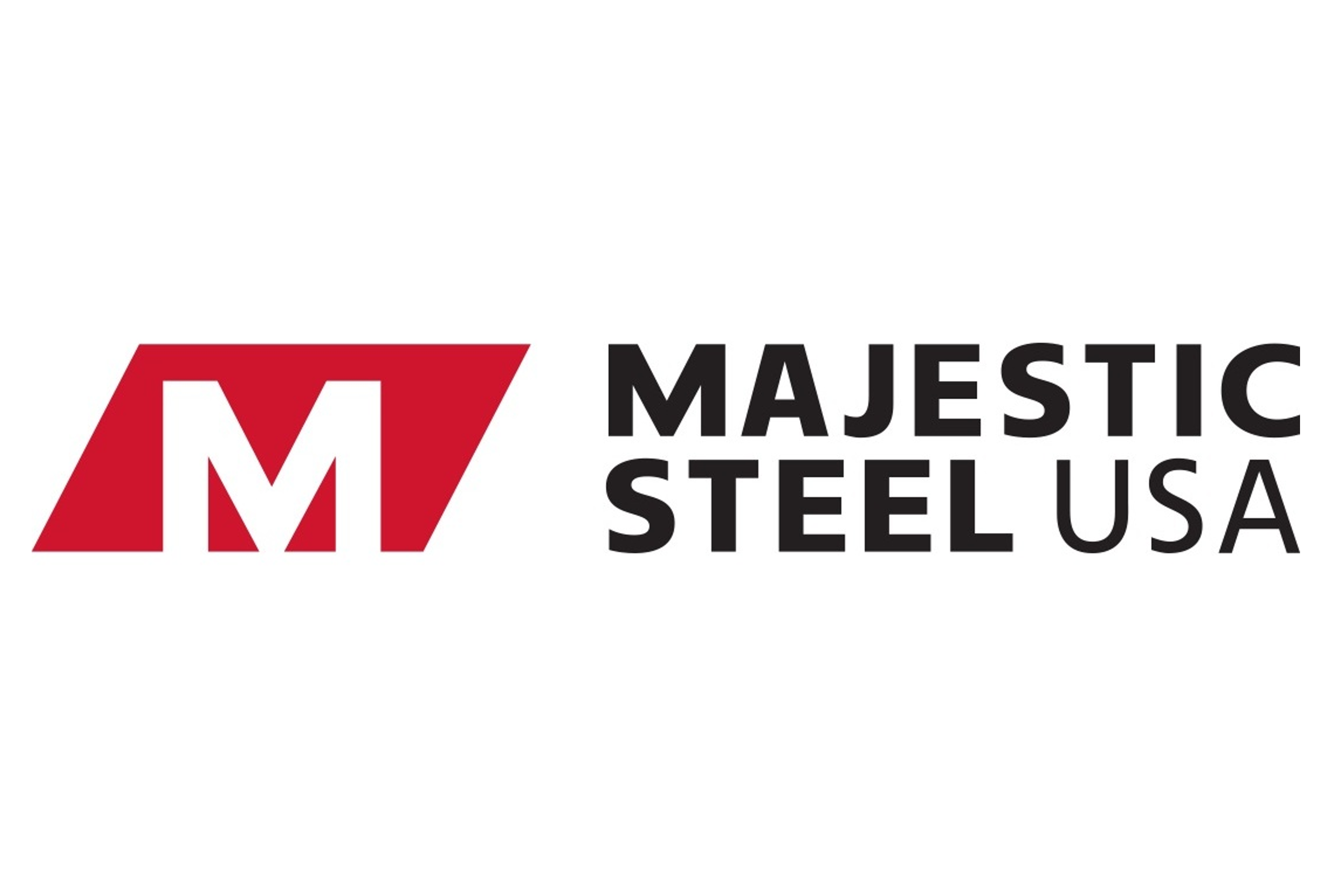Analysis

February 12, 2018
Trade Groups Say Infrastructure Plan Needs More Funding
Written by Sandy Williams
The release of President Trump’s infrastructure plan drew mixed responses from trade groups involved with the steel industry. Although all support the much-needed infrastructure work, several question the president’s plan to fund it.
Thomas J. Gibson, president and CEO of the American Iron and Steel Institute supported the streamlining of permits proposed in the plan.
“We welcome the president’s framework for rebuilding infrastructure in America,” said Gibson. “Transportation infrastructure facilitates broad economic growth and directly impacts the competitiveness of the domestic steel industry. We strongly support the streamlining of permits for new infrastructure projects as a key tenet of the plan. We also reiterate our call that Congress provide for increased, long-term funding to ensure the solvency of the Highway Trust Fund. The steel industry appreciates the president’s commitment to enhancing American manufacturing and preserving steel industry jobs, and we look forward to working with him on this critical issue.”
The American Trucking Association was less welcoming of the proposal, saying while it is an important step, modernizing infrastructure requires “actual revenue, real money.”
The White House plan falls short of promises to go “big and bold” because it lacks federal investment, said Chris Spear, ATA president and CEO.
“A proposal that relies on fake funding schemes like highway tolls and privatizing rest areas will not generate the revenue necessary to make significant infrastructure improvements.”
“To be clear, new tolling on existing interstates is a non-starter for our industry. Tolls are ineffective and wasteful, with as much as 33 percent of revenue being wasted on administrative and overhead costs.
“We also have grave concerns with the failure of the administration’s budget proposal and infrastructure proposal to address the imminent collapse of the Highway Trust Fund. To be blunt, America is hurtling toward a highway funding cliff. If we continue on this trajectory, the motoring public, the American taxpayer and future generations are going to pay a very steep and unacceptable price. Any infrastructure funding proposal that does not address this situation is unacceptable.”
The Alliance for American Manufacturing faulted the plan for failing to mention Buy America.
Said AAM President Scott Paul,”The president promised on Inauguration Day that his infrastructure plan would ‘follow two simple rules: Buy American and Hire American.’
“Today, that promise seems to have disappeared. We hope the White House will swiftly clarify its position on Buy America for infrastructure.
“American workers are eager to supply the steel and other materials that form the spine of our nation’s infrastructure. They deserve a policy that explicitly supports and expands Buy America.”
Edward R. Hamberger, president and CEO of the Association of American Railroads, commended the Trump administration for beginning the discussion on infrastructure legislation.
“The sector particularly welcomes the efforts to streamline the federal permitting processes, including in the proposal’s attempt to codify Executive Orders into law while also strengthening existing processes,” Hamberger said. “At its core, however, the most important aspect to any such package remains the integrity of the Highway Trust Fund. Policymakers should make every effort to return surface transportation funding to a truly equitable, user-pay system as originally designed.”
In a 2018 State of Manufacturing address in Michigan, National Association of Manufacturers President and CEO Jay Timmons called President Trump’s focus on infrastructure the “bold leadership we need.”
“Roads, bridges, ports, pipes, pipelines, waterways, broadband and the electrical grid—you name it, it’s time to build it and rebuild it,” said Timmons. “The painful truth is that America doesn’t lead the world on infrastructure. Not anymore. Not even close.”
“It’s estimated that until 2025, families will lose $3,400 every year because of deficient infrastructure. By 2026, just eight years from now, that cost will rise to a staggering $5,100 wasted every year.
“The administration has already delivered on some important permitting reforms. To get projects back on track, now the president is calling for a substantial $1.5 trillion investment. It’s the kind of leadership manufacturers have wanted for a very long time, and it could help us reclaim our rightful place as a global leader on true 21st-century infrastructure.”
United Steelworkers International President Leo Gerard said the federal funding in the infrastructure plan is insufficient.
“While the White House has broken ground on a long-needed discussion, the USW sees multiple issues with various components of the administration’s outline. We need to be honest about the federal commitment provided in the proposal; $200 billion spread over 10 years is insufficient given the decades of deferred maintenance in the country. The most recent estimate by the American Society of Civil Engineers puts the nation’s backlog of bridge rehabilitation needs at $123 billion alone.
“The lack of detail on maintaining long-standing Buy American preferences is alarming for the USW,” said Gerard. “Additionally, privatization of large utility assets like the Bonneville Power Administration or the Tennessee Valley Authority has the potential to negatively affect power prices for literally millions of Americans and their employers.
“Now the ball is in Congress’ court. They will be central to creating jobs and moving our country’s infrastructure systems into the 21st century. Our union will engage leaders in the House and Senate to find a path forward that ensures shared prosperity and a better deal for American workers.”
Associated General Contractors of America CEO, Stephen E. Sandherr called the proposal “needed and thought-provoking.”
“The details of this proposal are important and many, including this association, will seek changes to further improve upon the president’s concept. Yet the most significant aspect of today’s release is that it signals the start of what should be a timely, bipartisan and bicameral process to identify the best ways to fund and finance desperately needed improvements to our public infrastructure.
“This process should build on the many positive aspects of the president’s infrastructure proposal. These include increasing direct federal funding for public works by at least $200 billion over the next 10 years; making improvements to the federal permitting process that maintain strong environmental protections while significantly accelerating project reviews; and finding innovative new ways to use federal funds to leverage additional state, local and private-sector funding for infrastructure.
“At the same time, as the president’s own proposal makes clear, Congress must identify ways to address chronic funding shortfalls affecting the federal Highway Trust Fund that have put needed highway, bridge and transit improvements at risk too many times during the past decade. And Congress must also identify effective and long-term ways to fund other infrastructure improvements that are just as vital to our continued economic success as is the surface transportation program.”







